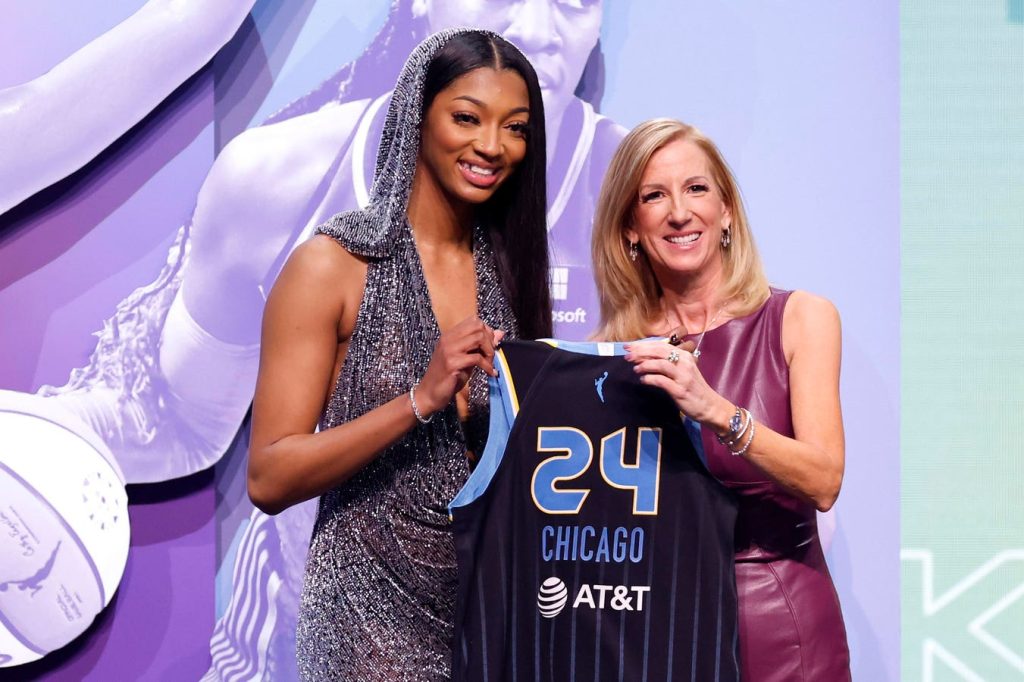The recent 2024 WNBA draft class, featuring top picks Caitlin Clark, Kamilla Cardoso, Cameron Brink, and Angel Reese, has brought widespread attention to the disparities faced by women athletes in professional sports. While the popularity of women’s basketball is on the rise, with historic jersey and ticket sales, the inequities in salaries and facilities for female athletes are becoming more evident. For example, only three WNBA teams have exclusive practice facilities, leading many players to endure long commutes and schedule adjustments to accommodate other teams and events. The Seattle Storm recently opened the first purpose-built practice facility for a WNBA franchise, highlighting the need for more investment in women’s sports infrastructure.
Awareness of the current WNBA player salary structure has increased in recent weeks, with calls for greater equity and higher pay. WNBA players receive only around 10% of the league’s total revenue, compared to the 50% share received by NBA players. Despite the WNBA’s revenue growth and potential for further success, women professional athletes continue to face significant pay disparities and limited bargaining power. The sustained inequities in pay and resources for women athletes reflect broader structural issues in the sports industry, stemming from historical resistance to developing programs for women and girls in sport.
The passage of Title IX in 1972 marked a significant milestone in providing opportunities for women and girls in sports, breaking down barriers and paving the way for future generations of athletes. However, resistance to women’s sports persisted, and even the NCAA did not begin hosting women’s teams and championships until the early 1980s. Award-winning sports journalist Jemele Hill emphasizes the importance of recognizing the historical context of women’s sports and the ongoing struggle for equity and recognition in the industry. As new fans engage with women’s basketball, it is crucial to understand the challenges and inequalities that female athletes have faced throughout history.
The journey towards equitable experiences and viable careers for elite women athletes in professional sports remains a significant challenge. While recent changes in regulations have allowed high school and college women athletes to monetize their abilities, professional opportunities still fall short in providing sustainable paths to financial stability. Many women athletes are forced to compete overseas during their off-seasons to supplement their income, but still earn far less than their male counterparts. The disparities in pay and treatment between male and female athletes underscore the need for systemic change in the sports industry to ensure equal opportunities and support for women athletes.
The revelations about WNBA salaries and the league’s revenue share structure following the 2024 draft highlight a systemic issue that extends beyond basketball and reflects the larger challenges faced by women athletes in professional sports. As we continue to advocate for change and equity in women’s sports, it is essential to acknowledge the deep-rooted structural inequalities that have shaped the industry. Jemele Hill’s insights remind us of the importance of understanding the history of women’s sports and the ongoing struggle for recognition and fair treatment. The time for change is now, and it will require a fundamental shift in the way women athletes are valued and supported in the sports industry to ensure a more equitable future for female athletes.


